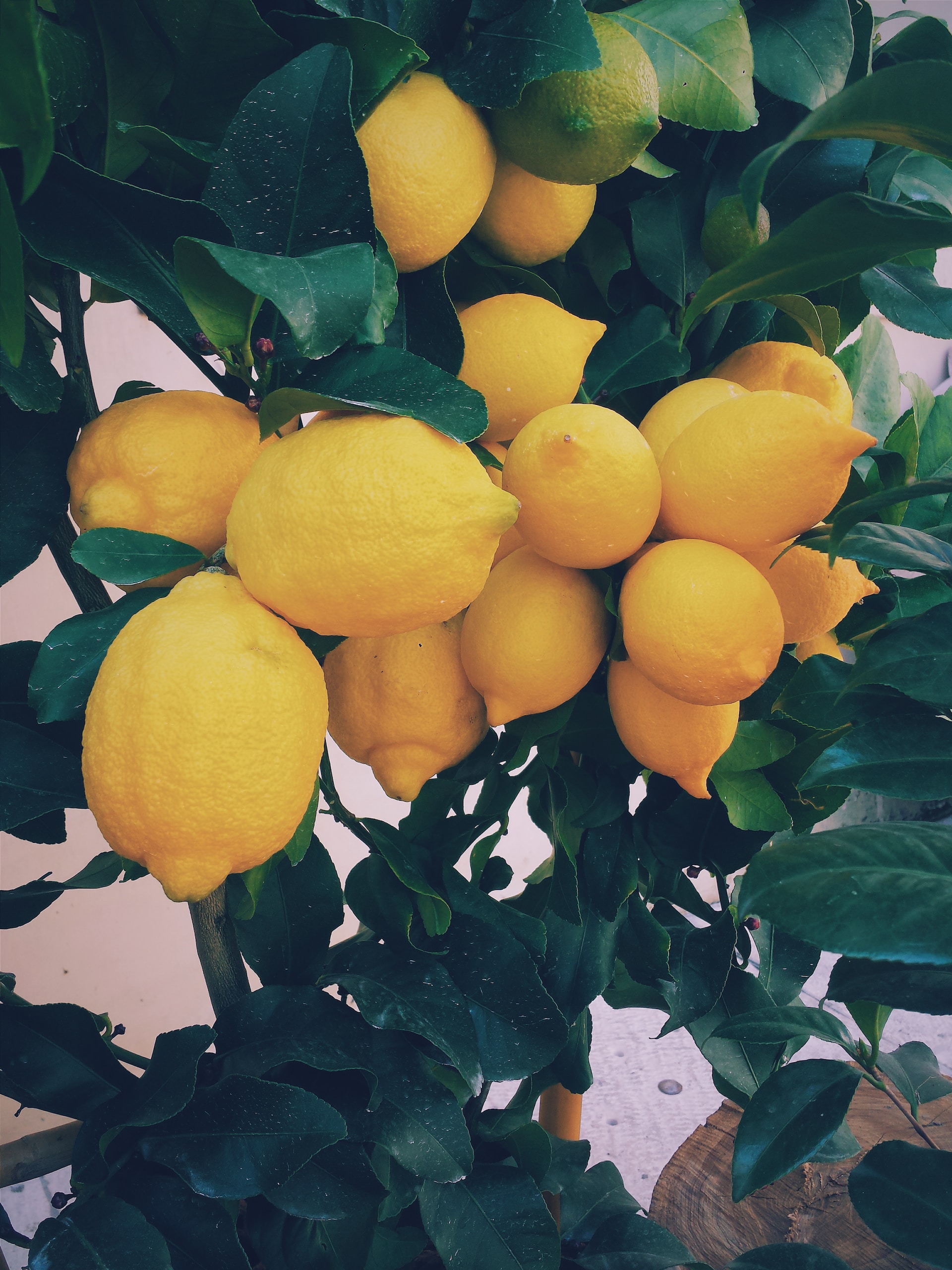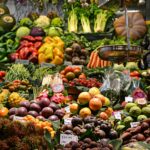Choosing the Right Fruit and Preparing it for Dehydration
Starting off on the right foot begins with your choice of fruit. Fresh, high-quality, and preferably organic fruits are the best options for dehydrating. After all, nature has already blessed us with healthy and delicious fruits; why not maintain their goodness as best we can!
But just about any fruit can be dried — think strawberries, bananas, apples, and much more. An excellent choice is the firm, almost crunchy kind of persimmons. Their sweetness intensifies when dried, turning them into addictive, natural sweets. To prepare, simply wash, peel (though this step is optional with persimmons), and slice your fruit. This might seem basic, but prepping your fruit correctly is essential for the dehydration process.
Understanding Food Dehydrators
Choosing a suitable food dehydrator can be an overwhelming task given the variety on the market. However, it needn’t be an ordeal if you know what to look for! Consider factors such as size, energy efficiency, price, and, importantly, its ability to maintain consistent temperature and air flow.
Just remember, an energy-efficient dehydrator not only complements your eco-conscious lifestyle but also ensures that the dehydrator doesn’t guzzle too much electricity. So, choose wisely keeping your needs and budget in mind.
The Dehydration Process
Next up is the actual dehydration process. Place your prepared fruit slices on the dehydrator trays, ensuring they don’t overlap. Most dehydrators will have an instruction booklet to guide you on temperature settings. For those who are unsure, a rough guideline is to set your dehydrator to 135-140°F for most fruits.
As for time, it often takes between 6-12 hours, depending on your appliance and the moisture content of the fruit. It’s a good practice to check in periodically by flipping the fruit and testing if it’s completely dry. Rest assured, with time, you’ll gain the finesse to perfect the process.
Post-dehydration – Cooling, Packaging, and Storing Fruits
Once your fruits are dried, let them cool before packaging. Remember, even in their dehydrated state, fruits can spoil if not properly stored. Our tip is to go for sustainable options like glass jars or cloth bags that align with your environmentally friendly principles.
Keep these stored packages in a cool and dark place, such as a pantry or cupboard. With proper storage, dehydrated fruits can last for months, providing you with a constant supply of tasty, healthy snacks throughout.
Recipes and Ideas for Using Dehydrated Fruits
There’s no end to what you can do with dehydrated fruits! Enjoy them as they are, or add them to your trail mixes for hikes. Mix them into your morning granola, or use them in sweet or savory dishes for an unexpected twist.
If you’re looking for more recipe inspiration, check out this Dehydrator Cookbook. It’s a neat collection of recipes and techniques that will help you make the most of your dehydrated fruits.
If you’re embarking on your fruit dehydrating journey, this step-by-step guide on how to dry fruit in a food dehydrator is sure to be a valuable resource. It’s not just about prolonging the life of your favorite fruits; it’s also about embracing sustainable food preservation methods and reducing waste. Happy dehydrating!




